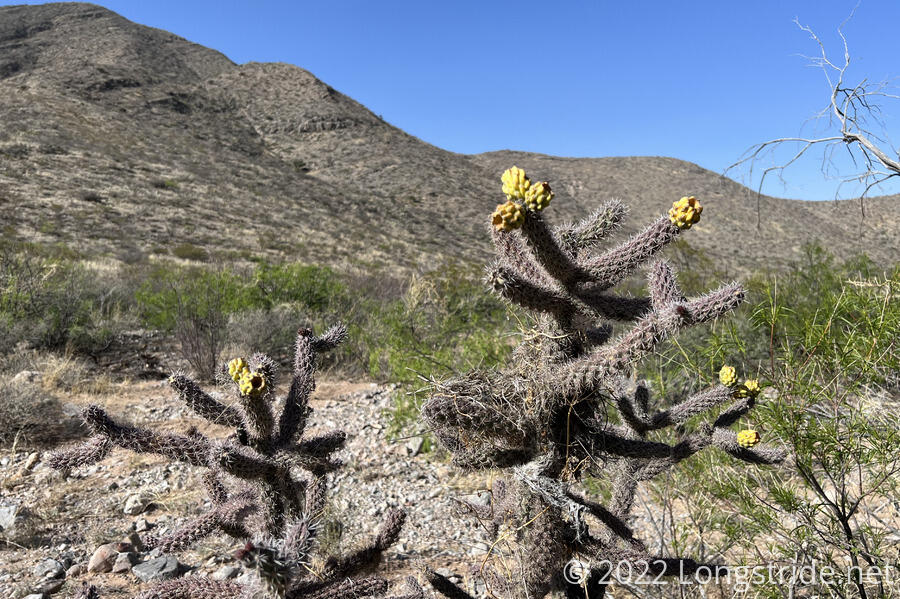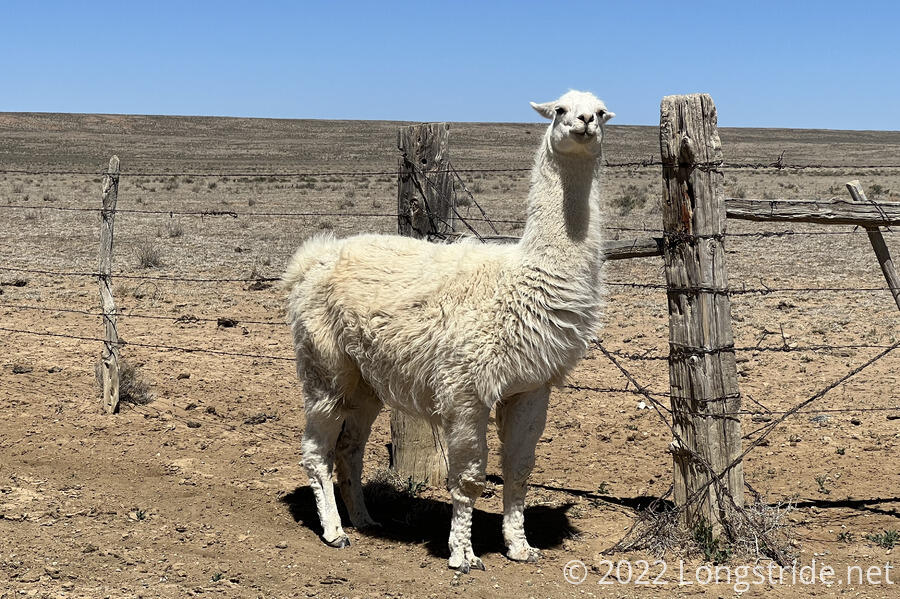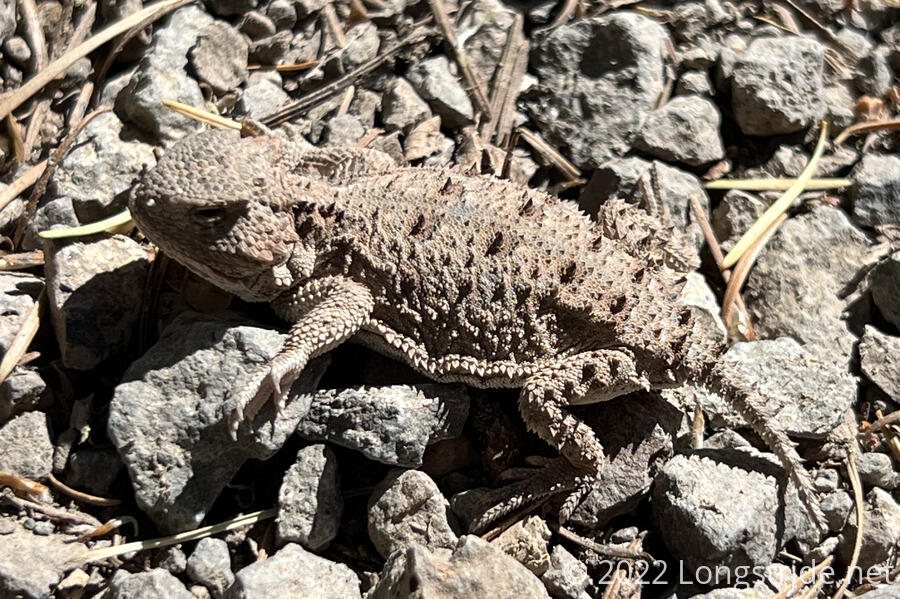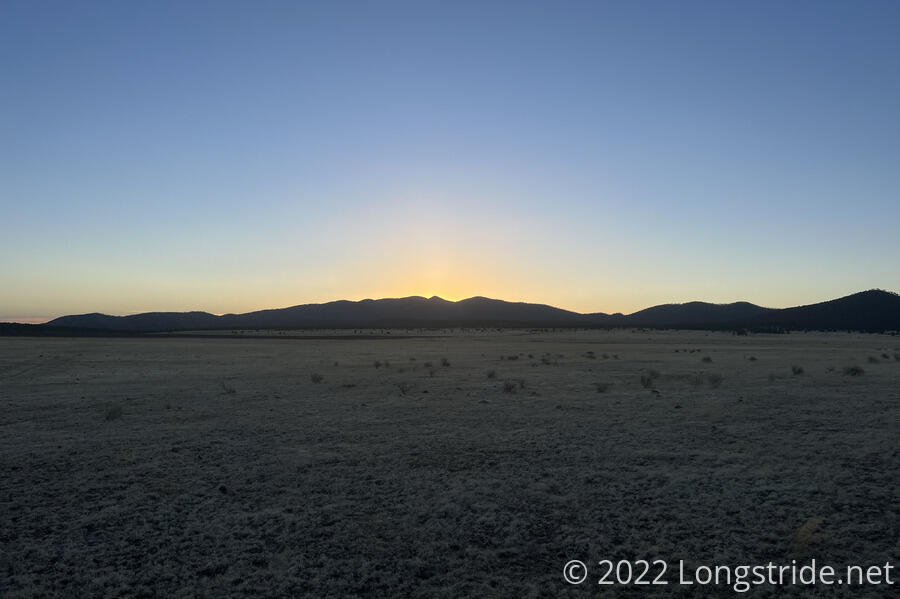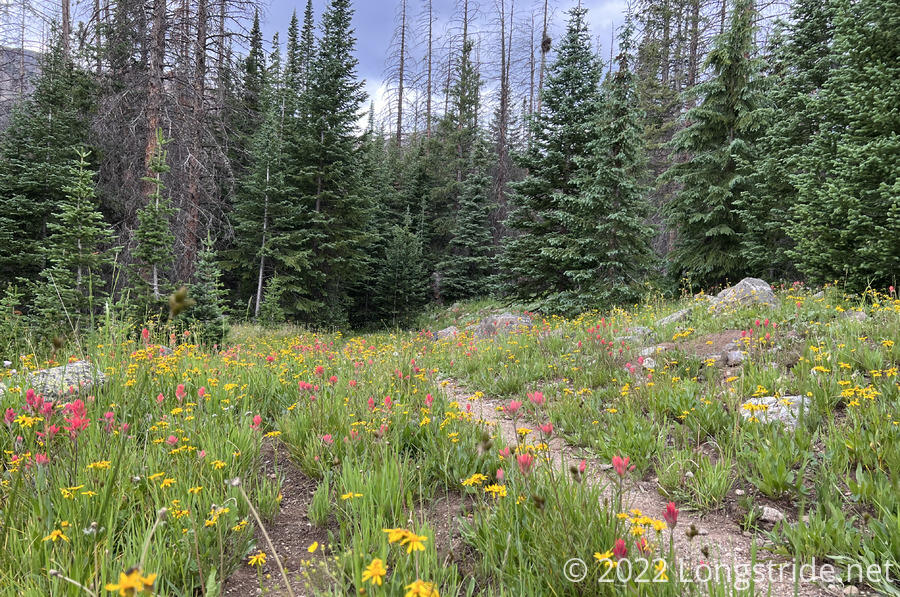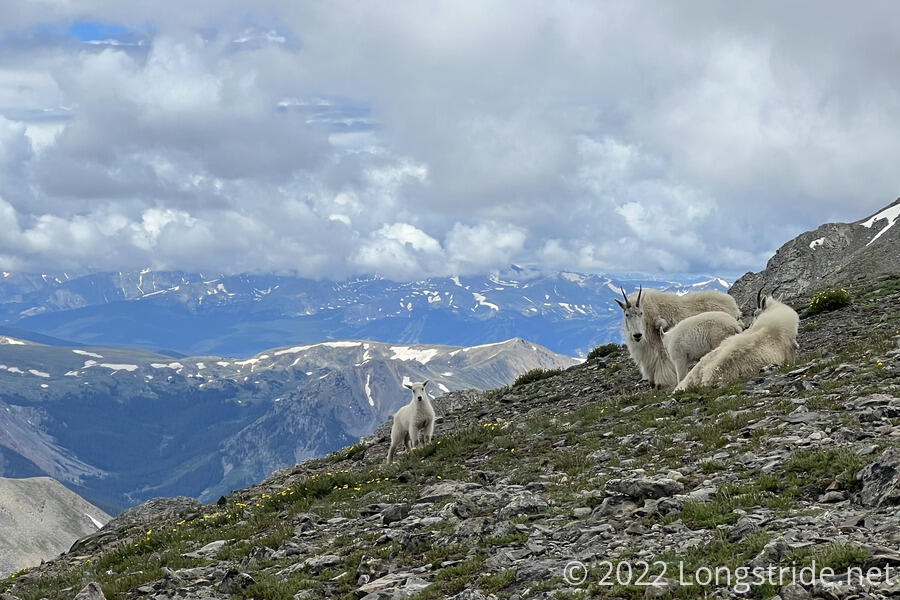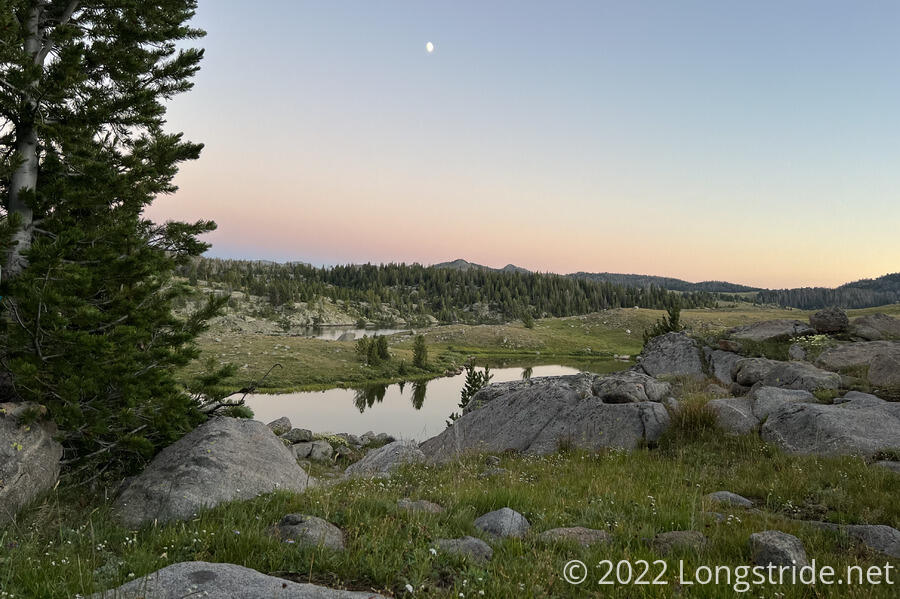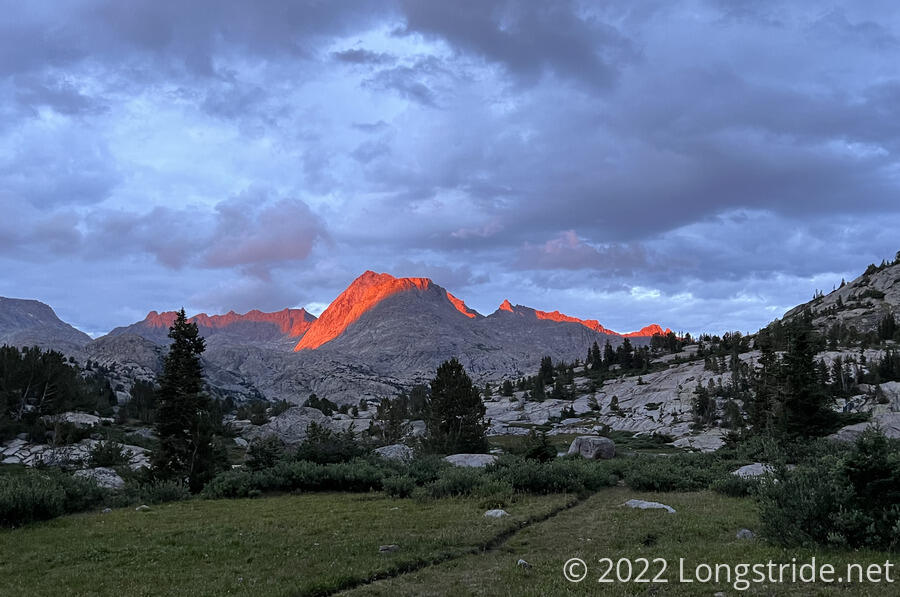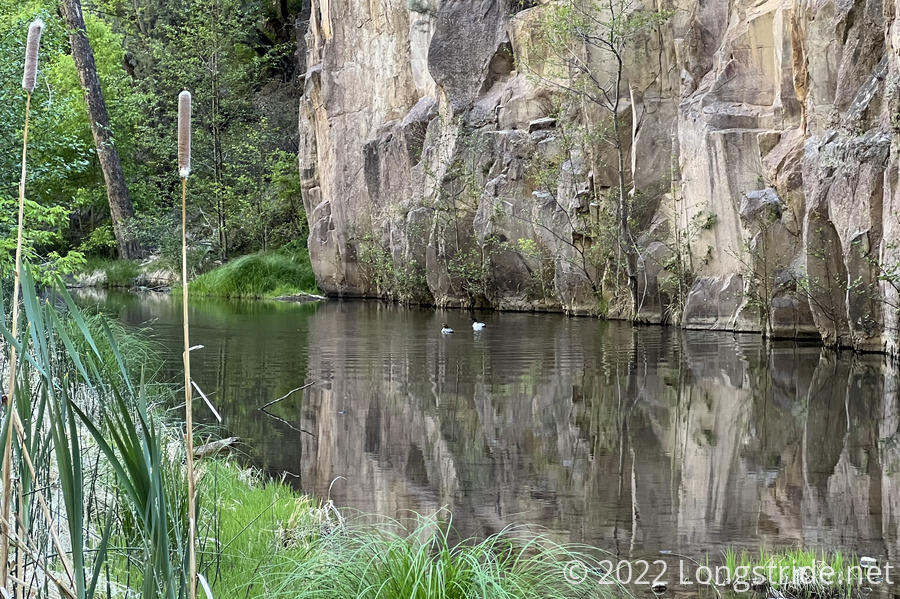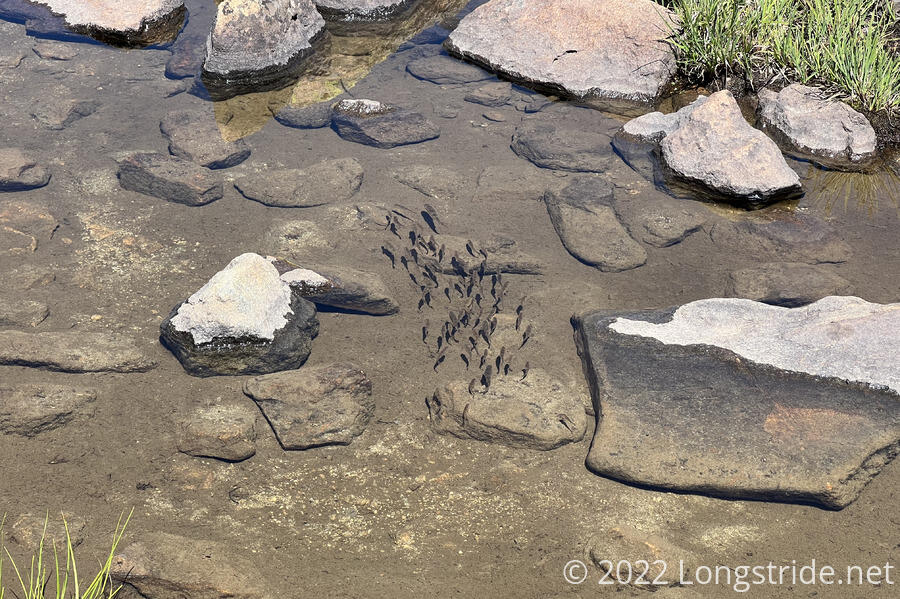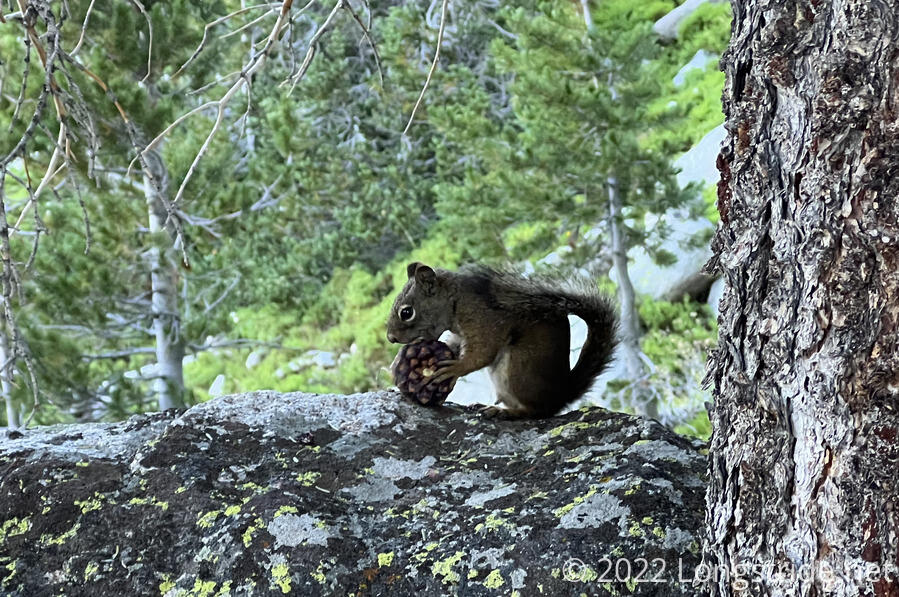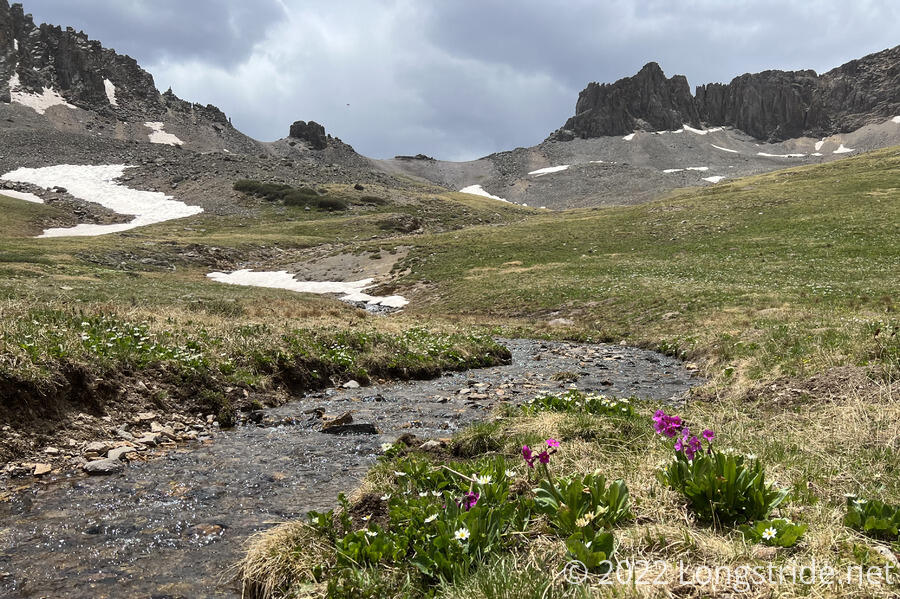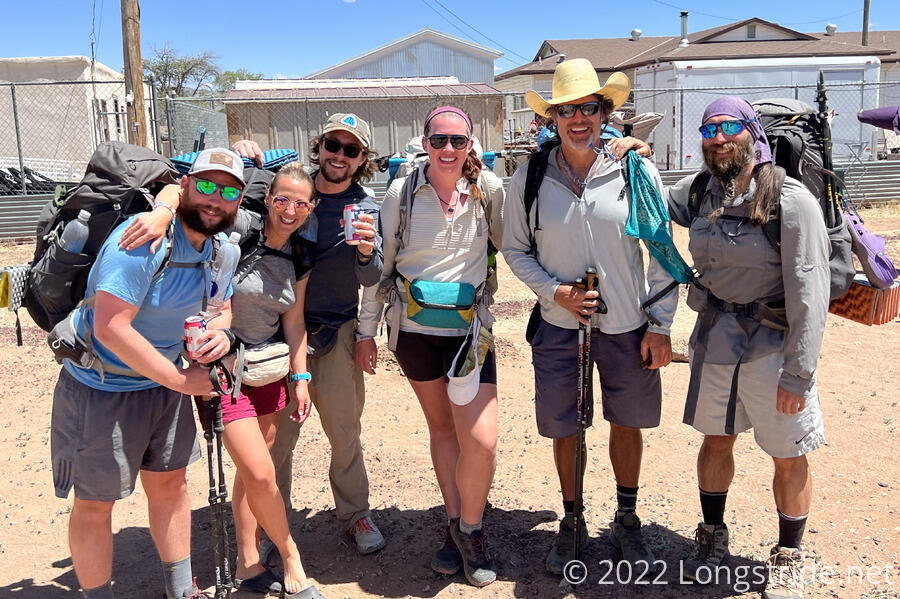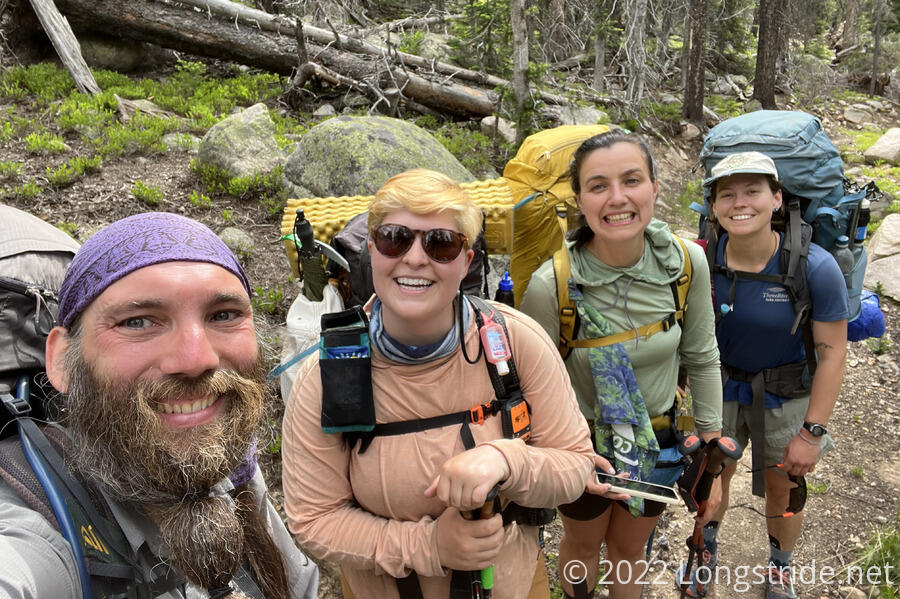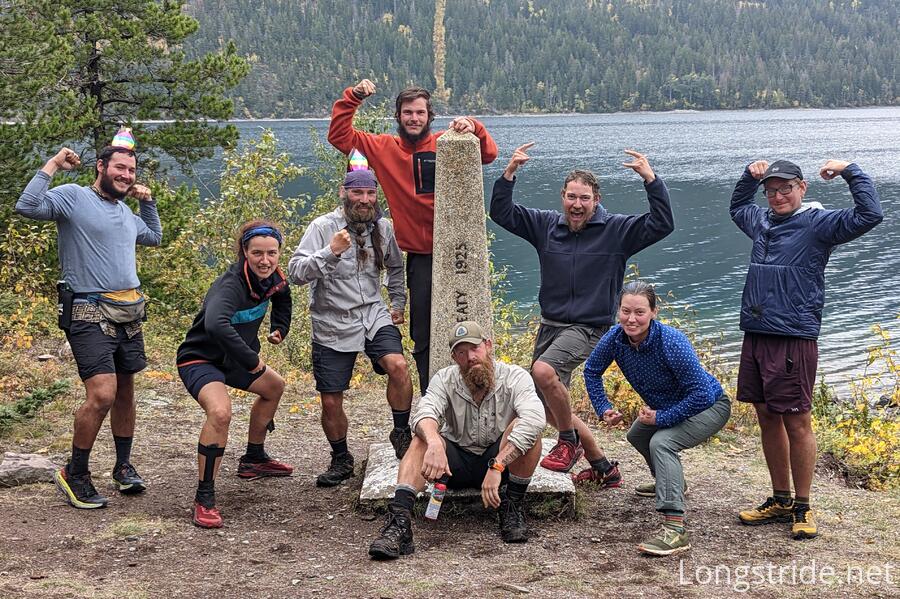If there’s one theme that should stand out from my earlier posts on the CDT, it’s that the CDT provides a lot of adversity. The questionable water conditions in New Mexico. Snow conditions in Colorado ranging from annoying to dangerous. Endless road walks. Minimal shade. A very long trail with a too-short weather window. The list goes on.
There’s still beauty there, though. You just have to be open to it. Or, at least be willing to laugh at the absurdity of it all. That wasn't always, easy, though.
Not Quite Epic…
While on-trail, I had a hard time calling the CDT “epic”. Epic-length, it certainly is. Glacier National Park is certainly an epic capstone to the trail. And there were plenty of absolutely incredible views. But still, I never really got the feeling of “epicness” that I did on the PCT. It took me a while to figure out why that is.
The CDT is a high-elevation trail, ranging between 4,200 feet and 14,300 feet. But that means that everything is high-elevation: the peaks, and the valleys.
The CDT has tall mountains, but they’re all sitting on top of a high plateau. The summit of Mount Elbert, at 14,443 ft, is only about 5,000 feet above its trailhead near Twin Lakes. The nearby town of Leadville is at over 10,000 feet. Near Grays Peak, the towns of Breckenridge, Frisco, and Winter Park are all above 9,000 feet. Largely, the view you see from both of those mountains is more mountains.
That’s the two largest elevation differences I could find on the CDT between trail and viewshed (with my not-very-scientific approach of following the trail in Google Earth and eyeballing it). Other places on trail at lower elevation generally have less elevation difference between the trail and its viewshed.
On the PCT, San Jacinto (a short jaunt from the trail) rises over 9,000 feet from the Coachella Valley, which the trail crosses. Mount Whitney rises 10,000 feet above the Owens Valley. At Belden, the PCT pretends it’s the Appalachian Trail and drops 4,400 feet into a gorge, only to immediately climb 4,400 feet back out.
Even the AT’s Mount Washington (a “paltry” 6,300 feet — much of the CDT is higher than that) rises 5,000 feet above its Crawford Notch trailhead. Katahdin, easily the most epic of the Triple Crown termini, rises 4,000 feet from its trailhead at Katahdin Stream Campground.
The PCT passes along part of the rim of Lake Tahoe, the largest alpine lake in North America, and the second deepest lake in the US. (Lake Tahoe is large enough to have its own long-distance trail in the mountains around its rim, and the views around the lake never get old. The deepest is Crater Lake, its western rim followed by an alternate.
In Oregon and Washington, the PCT passes several volcanoes that rise 4000 - 6000 feet (or more!) above the trail. Wildfires permitting, Mount Shasta can be seen from the trail two or three weeks.
The CDT doesn't really have much of that. The views you get tends to be more of where you are. Mountains give you more mountains. Desert? More (flat) desert, with some mountains off in the distance. Don’t get me wrong, there’s lots of great, beautiful views. But the truly epic ones are few and far between.
…But Definitely Intense
Last week, I finally found the word I was looking for to describe the CDT’s scenery: intense. As I wrote yesterday, the CDT is a trail of extremes. And if there’s one thing the CDT does well, it’s giving you more of where you are.
So those desert views? You are, without a doubt, surrounded by desert. It’s desert as far as the eye can see. There are sharp pokey things everywhere. And cows. (Because, of course, there are cows.) And skeletons of cows. And dust devils. And horned lizards. And snakes. And hummingbirds. And llamas. And incredible sunrises and sunsets. (Especially when there’s just a little dust in the air to make them redder.) And tons of stars in the sky.
The view from the mountains? You are, without a doubt, surrounded by mountains. It’s going to be mountains for a long time. But there’s also wildflowers. And lakes. And mountain goats. And also incredible sunsets.
Transient Moments of Beauty
When the trail is hugely repetitive, you have to look elsewhere for the trail’s beauty. The truly beautiful places on the CDT are less about being epic, and more the fleeting moments that might never be repeated. This is true of any trail, but really needs to be kept in mind on the CDT.
Like ducks floating next to a sheer rock wall, or fish swimming on the trail, or a squirrel eating a pine cone, or the reminder that even major rivers start out as tiny creeks.
Over its length, the CDT does have a large diversity of scenery, plants, and animals, though it does take patience (and some luck) to see some of them. I only saw mountain goats and bighorn sheep one day each, even though more than once been I’d told of herds of them ahead. And, somehow, I never saw a bear while on the trail, even though nearly everyone else I hiked with did. (I saw both footprints and scat multiple times, but never bears themselves.)
People
One important thing that can’t be overlooked are the people on the trail.
The Appalachian Trail is famous for the sheer number of people that hike it, and the people you meet and interact with on the trail make a big difference in your perception of a trail. A good group of people can make a hard trail easier.
The CDT, however, is the least-hiked of the Triple Crown trails. It normally has a reputation for being lonely. But that wasn’t my experience.
2022 was a record year for number of hikers on the trail, likely because it the first year after Covid restrictions that it was really possible for foreigners to hike US long-distance trails. The CDT caught a lot of the (predictable) overflow from the AT and PCT, and there were a surprising number of first-time long-distance hikers on a trail that is generally not regarded as being friendly to first-timers. (Or experienced hikers either, really.)
On every long trail I’ve hiked, I’ve met a lot of great people. The CDT was no different. Over the course of the trail, I generally associated with three partially overlapping groups of hikers, which contained a mix of those new to long-distance hiking and long trail veterans (including one other hiker completing his Triple Crown).
Going into the trail, I didn’t expect to hike with this many people. I was expecting a small group — two to four people tops, if even that many. But at one point, I was in a group of nine, which is ridiculously large for a trail family!
All together, I wound up hiking or camping with one of those three groups for more than half the trail. (Generally more camping than hiking, since my hiking style usually didn’t mesh all that well with theirs, and I was almost always the last person out of camp.) This was, by far, longer than I spent with my (much smaller) trail families on the AT and PCT.
As challenging as large groups can be at times, though, I’m glad I met them all, and hopefully our paths will cross again.
Turning the page
I think that’s nearly everything I want to say about the Continental Divide Trail. I’m sure I’ll have more to say in the future, but for now, it’s time to put the Triple Crown to rest and prepare for my next hike: New Zealand’s Te Araroa.
